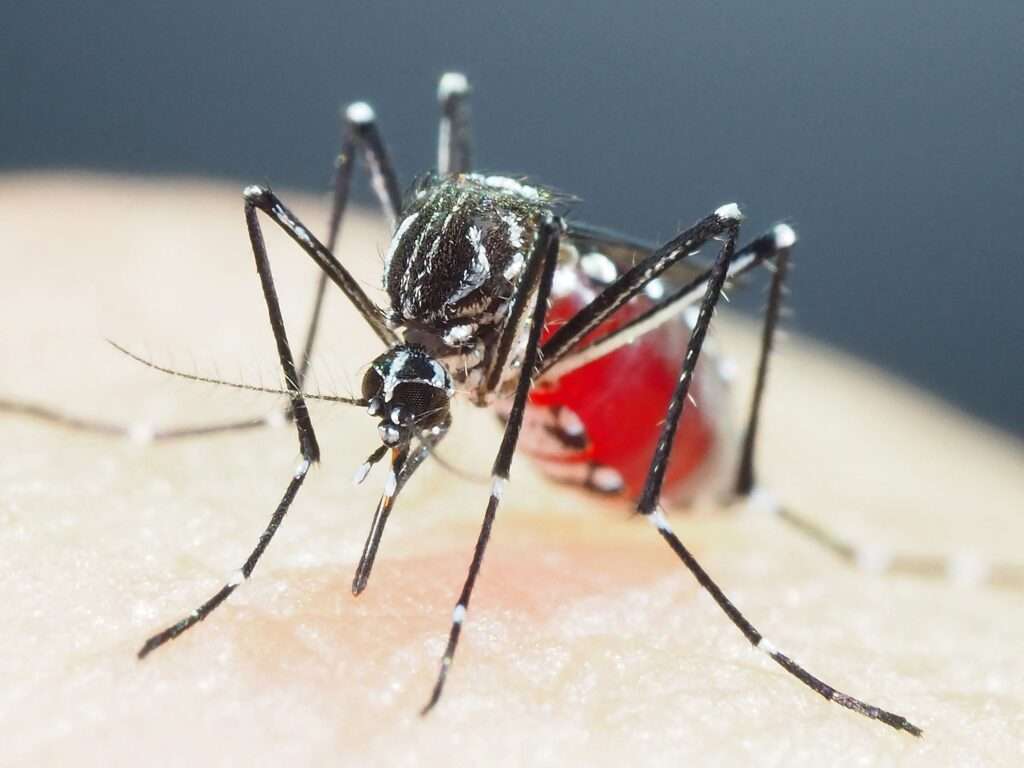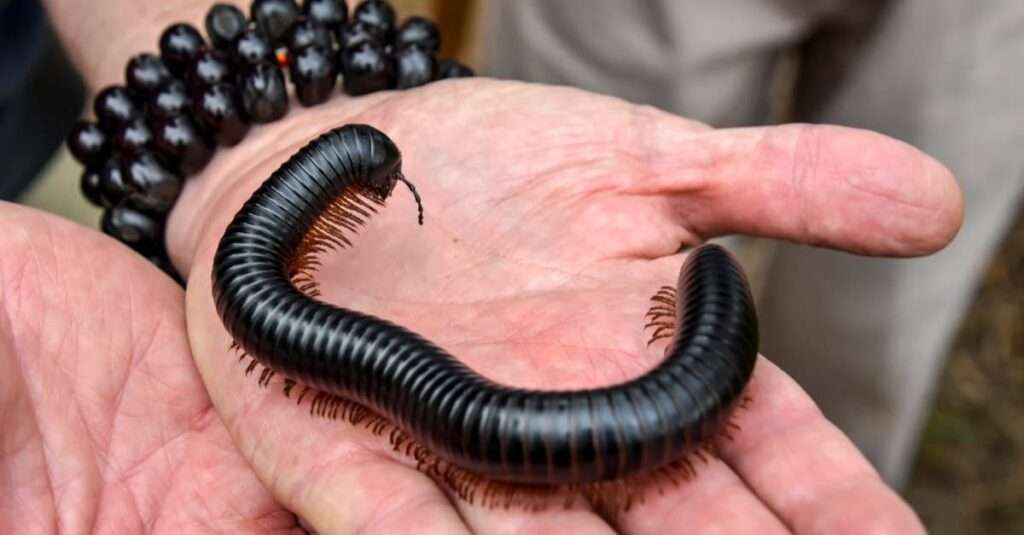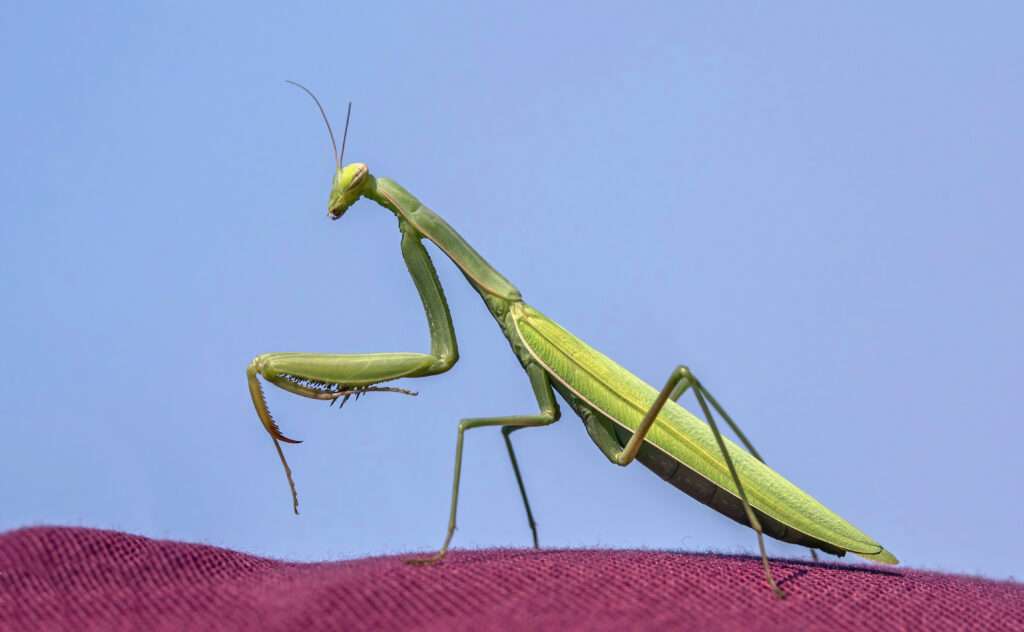
The family Culicidae includes a group of insects known as mosquitoes (or mosquitoes) containing over 3,600 species of tiny flies. The Spanish word “mosquito” (made up of the noun “mosca” and the suffix “-ito”) means “small fly.”
The life cycle of a mosquito contains four stages: egg, larva, pupa, and adult. Eggs are laid on the water’s surface; after they hatch, the larvae that result move around and devour organic material and aquatic algae. These larvae are a key source of food for a variety of freshwater organisms, including numerous fish, some birds like ducks, and dragonfly nymphs.
Morphology
- Mosquitoes have one set of wings, much like genuine flies do. Both their long, thin legs and their long, narrow wings are present.
- They feature dark gray to black coloring on their delicate, slender bodies, which range in length from 3 to 6 mm. Certain species contain distinctive morphological patterns.
- They frequently hold their front legs outward when at repose. They resemble midges (Chironomidae), another extinct family of flies, in appearance. For instance, the tokunagayusurika akamusi, a midge fly, resembles mosquitoes in that both have long, delicate bodies with similar colors, albeit greater in size.
- They only have one set of wings as well, however they don’t have surface scales.

Habitat
Some mosquitoes live close to humans, others found in marshes, forests or tall grasses. Because mosquito larvae and pupae dwell in stagnant or still water, all mosquito species are likely to live in it.
Feeding Habit
The fact that mosquitoes bite and consume blood is well recognized. Nevertheless, only female mosquitoes often feast on blood. While all mosquito species consume nectar and other plant liquids, the development of the female mosquito’s ovaries and eggs typically requires additional protein from a blood meal.
Life Cycle
Mosquitoes go through the same four life stages as all flies: egg, larva, pupa, and adult or imago. Egg, larva, and pupa are the initial three stages and are mostly aquatic. Depending on the species and the surrounding temperature, each stage normally lasts 5 to 14 days, but there are some significant outliers. Mosquitoes that live in areas with sometimes cold temperatures or dry conditions spend a portion of the year in a state known as diapause; they postpone their growth, usually for months, and resume it only when there is sufficient water or warmth to meet their needs. For instance, Wyeomyia larvae generally freeze during the winter into solid chunks of ice and only finish developing in the spring.
Larvae grow until they can transform into pupae after eggs hatch. Depending on the species, sex, and environmental factors, the possible adult lifespan of a bloodsucking mosquito can range from a week to several months. In diapause, several species can spend the winter as adults.
Species Number
More than 3,000 species of mosquitoes are present. Asian tiger mosquito
- Yellow fever mosquito
- Common house mosquito
- The Western Encephalitis Mosquito
- Cattail mosquito
- Floodwater mosquito
Table





